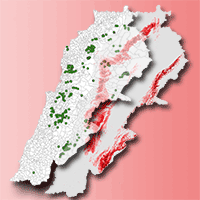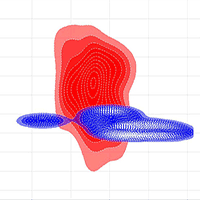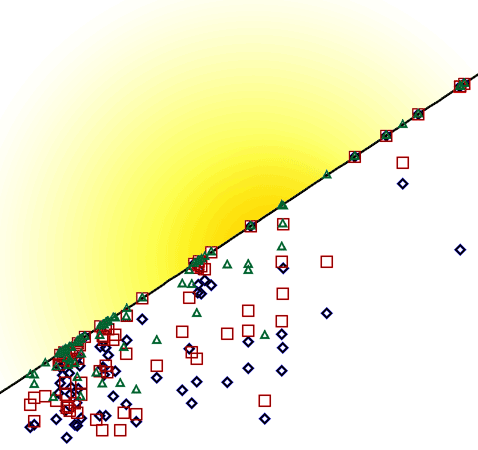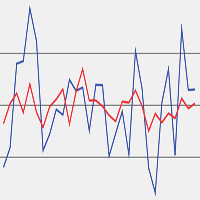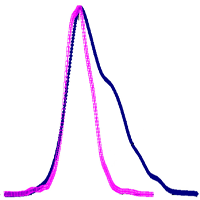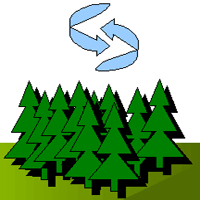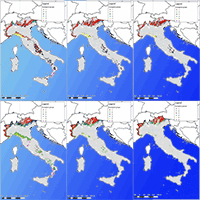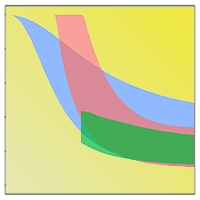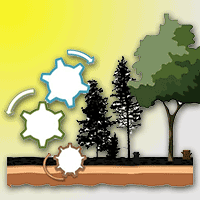
“Models of tree and stand dynamics”: a differential journey through forest modelling
Gina Marano (1), Alessio Collalti (2-3)
iForest - Biogeosciences and Forestry, Volume 13, Issue 2, Pages 152-153 (2020)
doi: https://doi.org/10.3832/ifor0061-013
Published: Apr 16, 2020 - Copyright © 2020 SISEF
Book Reviews
Abstract
Models of trees and stands exist since many decades, what nowadays has changed is our focus towards integrated forest ecosystem functioning. Managing forests in the 21st century requires efforts that go beyond empiricism. Annikki Mäkelä and Harry T. Valentine’s new book “Models of tree and stand dynamics” (Springer Nature, Cham, 2020) shows the state-of-art for knowledge applied within forest models with useful practical applications. It is a textbook for graduates and scientists interested in process-based models of stand dynamics, growth and forest management. Models represent valuable tools for tackling issues like ecosystem carbon sequestration, helping us understand the economic implications of silvicultural interventions and providing insights on the impacts of climate change on forests. The textbook is a compendium of applied research that non-pure mathematicians can understand, interiorize and take advantage of for getting precious knowledge on forest functioning.
Keywords
Forest Modelling, Carbon Balance, Forest Management, Climate Change, Forest Ecology
Authors’ Info
Authors’ address
Department of Agriculture, University of Napoli Federico II, v. Università 100, I-80055 Portici, Naples (Italy)
Institute for Agriculture and Forestry Systems in the Mediterranean (ISAFOM), National Research Council of Italy (CNR), I-87036 Rende, CS (Italy)
Department of Innovation in Biological, Agro-food and Forest Systems, University of Tuscia, I-01100 Viterbo (Italy)
Corresponding author
Paper Info
Citation
Marano G, Collalti A (2020). “Models of tree and stand dynamics”: a differential journey through forest modelling. iForest 13: 152-153. - doi: 10.3832/ifor0061-013
Academic Editor
Gabriele Bucci
Paper history
Received: Apr 06, 2020
Accepted: Apr 13, 2020
First online: Apr 16, 2020
Publication Date: Apr 30, 2020
Publication Time: 0.10 months
Copyright Information
© SISEF - The Italian Society of Silviculture and Forest Ecology 2020
Open Access
This article is distributed under the terms of the Creative Commons Attribution-Non Commercial 4.0 International (https://creativecommons.org/licenses/by-nc/4.0/), which permits unrestricted use, distribution, and reproduction in any medium, provided you give appropriate credit to the original author(s) and the source, provide a link to the Creative Commons license, and indicate if changes were made.
Web Metrics
Breakdown by View Type
Article Usage
Total Article Views: 38219
(from publication date up to now)
Breakdown by View Type
HTML Page Views: 33305
Abstract Page Views: 2000
PDF Downloads: 2231
Citation/Reference Downloads: 0
XML Downloads: 683
Web Metrics
Days since publication: 2066
Overall contacts: 38219
Avg. contacts per week: 129.49
Citation Metrics
Article Citations
Article citations are based on data periodically collected from the Clarivate Web of Science web site
(last update: Mar 2025)
Total number of cites (since 2020): 1
Average cites per year: 0.17
Publication Metrics
by Dimensions ©
Articles citing this article
List of the papers citing this article based on CrossRef Cited-by.
References
Physiological ecology of forest production: principles, processes and models (Vol. 4). Elsevier/Academic Press, London, UK.
Gscholar

